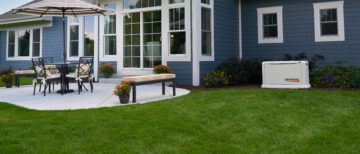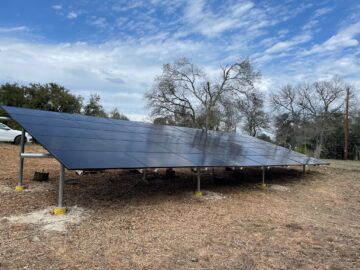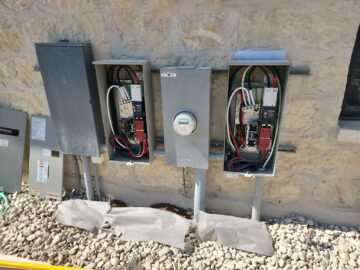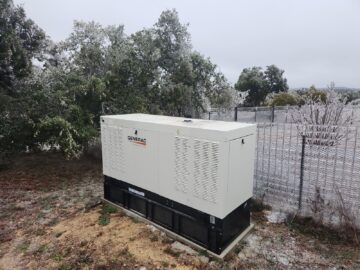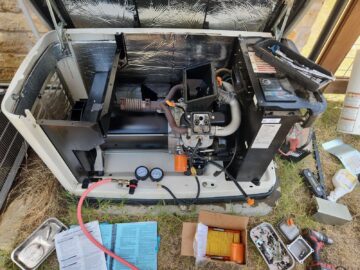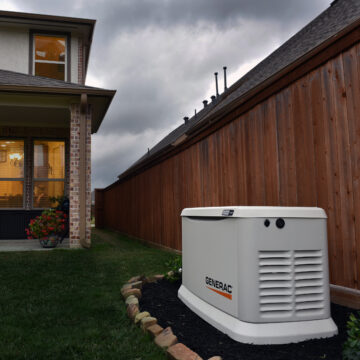Whole house generators have become popular home improvements in recent years. Multiple
winter storms have crippled the state’s grid, political unrest has become a real concern for
many, and the flow of millions of newly minted Texans has only exacerbated the need for
power.
As with any electro-mechanical system, a whole-house generator requires a bit of maintenance.
For generator owners, ensuring their power stays on when the power turns off doesn’t need to
be a source of worry or surprise by big invoices and hassles.
Generators do require regularly scheduled maintenance. Manufacturers build alerts into their
systems to make sure that system owners are aware of this. For example, Generac units throw
an alarm code annually to check the battery. Batteries are the number one failure in
generators – and it’s usually a hidden failure. Because batteries are out in the elements, they
are highly susceptible to corrosion. While this is an easy problem to repair and prevent, it’s
nefarious because the battery will still provide voltage to the controller, will still charge, and
will still present itself as viable UNTIL large amounts of amperage are demanded of it – to start
the generator!
This example is one of many, illustrating how something easy to remediate and prevent can
become a total failure at the most essential moment. Other examples include firmware
updates, sensor circuit grounding, engine break-in service, inlet gas pressure adjustment
(they’re almost always too low), and oil consumption (break-in periods burn oil).
To a seasoned generator technician, these are all easy to spot, easy to fix, and easy to prevent.
However, that assumes that a technician is looking at the generator. Maintenance contracts
are an easy way to ensure that a professional is looking after your system.
Another maintenance “low hanging fruit” for generator owners is to take time to learn how the
transfer switch and generator work and work together. That doesn’t mean memorizing
complicated wire diagrams, it just means learning the basic function from an experienced
technician to learn the steps to get lights back on quickly and easily.
For example, Generac Auto Transfer Switches are manufactured with a provision to manually
transfer in the case that the auto function failed. Generators can be manually started in the
case the that the auto start failed. Overloaded generators can be reset in a matter of seconds.
Generators are insurance policies, make sure the policy is in good standing.


